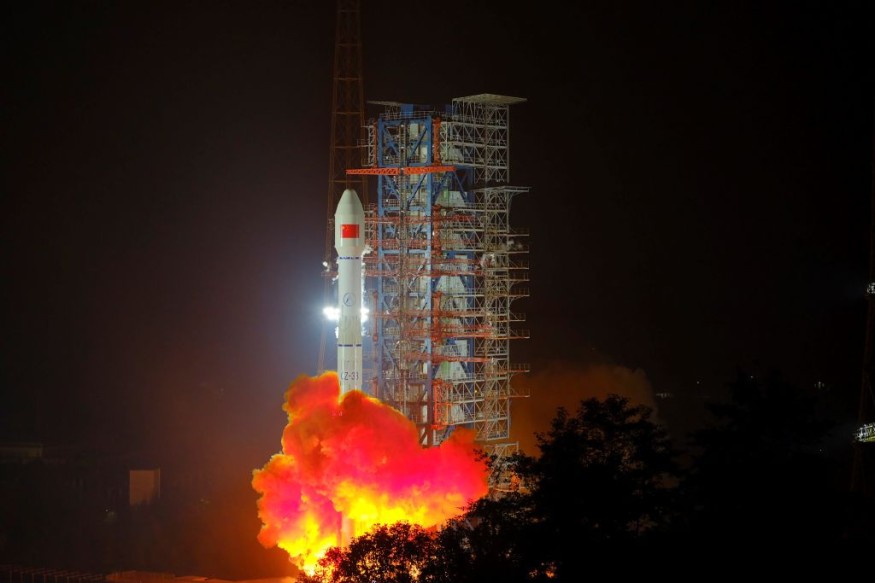There were concerns about where a 23-ton chunk of space junk from China's Long March 5B rocket launch might land again, but it has already safely dropped into the south-central Pacific Ocean.
A Long March 5B rocket's core stage, which China used to launch the third and final module to Tiangong Space Station on Monday, is said to be the source of the enormous piece of debris in question, according to Space.com.
Like in other ascents of the same rocket, China permitted the core stage to enter orbit without providing a means to return to Earth safely. Given that engineers did not build the Long March 5B with any capabilities that allow for a safe deorbit after launch, this is starting to happen more frequently.

China's Long March 5B Rocket Crashes into South-Central Pacific Ocean
The launch of the third and final module of the Tiangong space station by the Long March 5B rocket caused considerable unease among skywatchers all around the world as it crashed into the ocean.
According to Cosmos Magazine, An Australian-based firm captured incredible pictures of the Chinese Long March 5 rocket core falling to Earth before it crashed.
The Australian space situational awareness firm HEO Robotics took four pictures of it and uploaded them to Twitter.
Space-based sensors using HEO Inspect caught the #CZ5B rocket as it continues its uncontrolled re-entry back to Earth.
— HEO (@heospace) November 3, 2022
Our space-to-space imagery and intelligence supports strategic decision-making and accountability efforts by making space transparent.
Powered by @Satellogic pic.twitter.com/kPZfSypFlA
The renegade rocket body and camera-carrying satellite traveled at a relative speed of 8.3 kilometers per second. They were 355 kilometers apart as they passed. The window of opportunity was only 0.3 seconds long.
The New York Times said that China's rocket designers had left it up to chance where the rocket stage would re-enter, causing tons of metal fragments to be dispersed throughout the surface.
The Long March 5B rocket is neither the only nor the biggest human-made item that has ever fallen from orbit. Additionally, spacecraft fragments from other nations, including the United States, have recently returned to Earth. One such fragment was a small piece of a SpaceX ship that landed on a sheep farm in Australia in August.
Nobody Knows Why China Is Allowing This to Happen
Mashable wrote that it is unclear why China is allowing this to happen. There is an opportunity for conjecture due to China's lack of communication with the rest of the world.
This mission's goal, along with the previous three, was to launch incredibly heavy modules into orbit to construct a space station. What could be pulled into orbit would be reduced by any additional weight added to the rocket, such as more fuel, heat shields, or technology to make a controlled landing. Some people think China chose to let the rocket fall where it may because of this.
When debris falls back to Earth, most of it burns or splashes down. Because two-thirds of the Earth is covered in water, the chances of space debris striking the ocean are good.
However, the risk to humanity from not knowing where this substantial piece of metal would fall is far higher than that generally acknowledged among spacefaring nations.
Mashable, citing Aerospace Corporation, added that almost 88 percent of the world's population is inside the rocket's possible striking zone. Statistical modelers predict that between 10 and 40 percent of the weight of the booster's material will survive the descent to the Earth's surface.
Marlon Sorge, Executive Director for The Aerospace Corporation's Center for Orbital and Reentry Debris Studies, stated during a media conference on Wednesday that, regrettably, there are no international agreements to stop these occurrences from occurring happening again in the future.
RELATED ARTICLE : China's Spaceplane Released Unidentified Object into Orbit, US Space Force Unveils
Check out more news and information on Space in Science Times.
© 2025 ScienceTimes.com All rights reserved. Do not reproduce without permission. The window to the world of Science Times.












